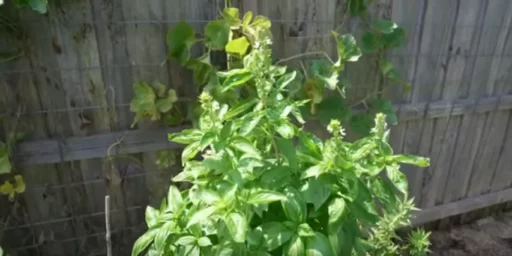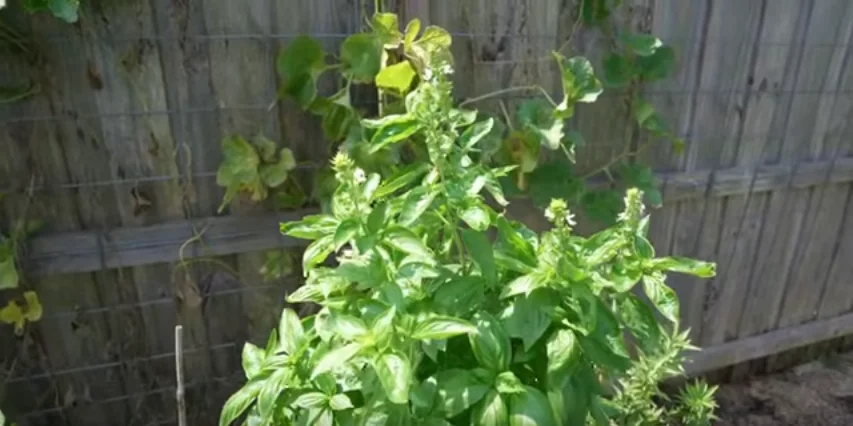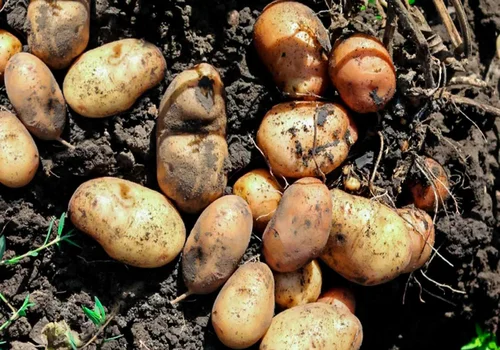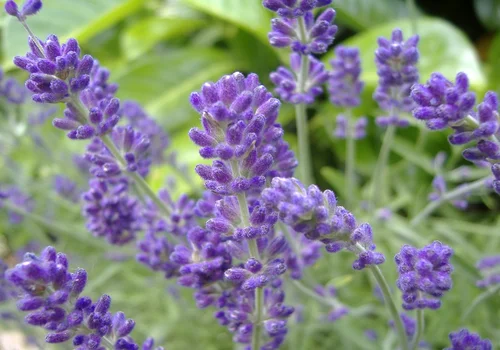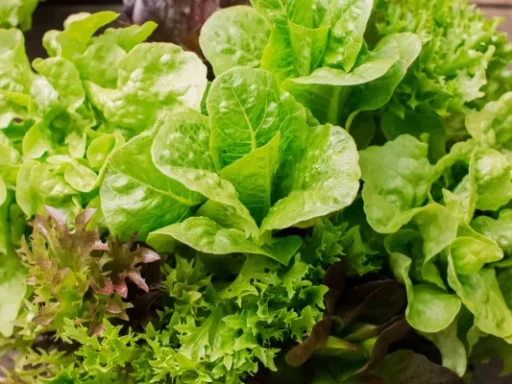Gardening is an incredibly rewarding hobby, but it often comes with its share of challenges, particularly when it comes to pests. Every garden faces pests, and while it’s part and parcel of maintaining a healthy garden, it doesn’t mean we can’t fight back! This article outlines effective strategies for controlling pests in your garden, ensuring that your plants thrive throughout the growing season.
Understanding the Importance of Pest Control
Before diving into strategies for controlling pests, it’s essential to understand why pest management is crucial for gardeners. Pests can lead to significant damage, affecting plant health and yield. For instance, leaf miners can wreak havoc on crops like beets and brassicas, creating tunnels in the leaves that stunt growth and reduce overall vigor. Effective pest control not only preserves the integrity of your plants but also enhances your gardening experience by minimizing frustration.
Prevention is Key: Cover Crops
One of the simplest and most effective ways to prevent pest problems is to cover your crops from an early stage. Using fine-gauge netting, also known as insect barrier mesh or brands like Enviromesh, can provide a protective shield for young plants.
How to Implement Cover Crops
For example, if you’re growing beets, covering them early can deter pests like leaf miners from discovering your plants. It’s crucial to secure the netting at the sides to prevent pests from sneaking in through gaps. By placing stones or other weights around the edges, you can create an airtight seal that keeps out unwanted critters while allowing sunlight and rain to penetrate.
Using insect mesh throughout the growing season is a practical choice because it effectively halts all types of pests, from flying insects to curious cats. This material is also more durable than other row covers, which can snag or tear easily.
Utilizing Additional Cover Options
In addition to insect mesh, other types of covers can be beneficial, depending on the specific pests you face. For example, row covers can be advantageous for protecting squash plants from squash bugs and vine borers early in the season. Covering your plants until they are well-established ensures they have a better chance of thriving and flowering without pest interference.
Wider-gauge netting, like bird netting, can protect young plants from pigeons and other larger pests. However, this type of cover may not be effective against butterflies, so it’s advisable to replace it with insect mesh when necessary. Butterfly netting is another option that prevents moths and butterflies from laying eggs on your plants, although it requires support to ensure that the insects cannot reach your plants.
Dealing with Established Pests
Despite your best prevention efforts, pests may still find their way into your garden. Here’s how to manage infestations effectively.
Manual Removal Techniques
One straightforward approach is to inspect your plants regularly and remove any visible pests. For instance, if you spot clusters of black bean aphids on your beans, don’t panic. Aphids are a common sight in gardens, but natural predators like ladybugs will often manage their populations. To assist this natural control, you can either clip off the infested foliage or use your garden hose to blast them off with a strong jet of water.
The Role of Beneficial Bugs
Incorporating beneficial insects into your garden ecosystem is another effective strategy. Ladybugs, lacewings, and hoverflies are natural predators of aphids and other soft-bodied pests. Planting flowers that attract these beneficial insects, such as dill, fennel, and various herbs like thyme and oregano, will help bolster their populations in your garden.
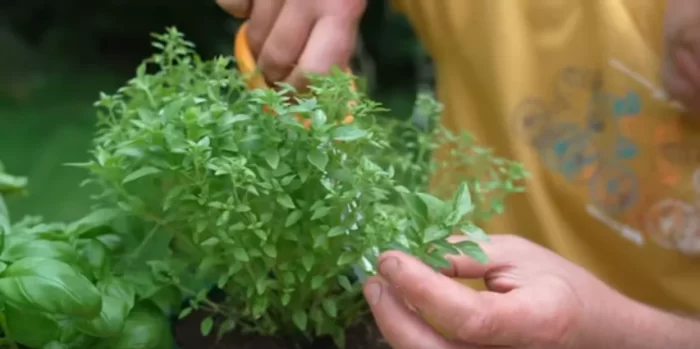
Moreover, creating habitats for insect-eating birds by incorporating a diverse range of trees and shrubs can further enhance your pest management efforts.
Organic Sprays: A Last Resort
If manual removal and beneficial insects are not enough to manage a pest infestation, consider using organic sprays as a last resort. Always remember that any type of spray can have side effects on non-target species, so it’s essential to use them sparingly and strategically.
Effective Organic Spray Options
For example, Bacillus thuringiensis (BT) is particularly effective against caterpillars that may affect your brassica crops. Other options, like spinosad and pyrethrin, offer broader spectrum control for various pests.
You can also create a simple soap spray using just water and dish soap. Mix about two teaspoons of dish soap with a liter of water and apply it directly to the affected areas. While this can effectively manage concentrated infestations, it’s crucial to apply it carefully to avoid harming beneficial insects.
Timing is Everything
When using sprays, timing is critical. It’s best to apply them during the evening when pollinators are less active. This minimizes the risk of harming beneficial insects while maximizing the effectiveness of your pest management efforts.
Conclusion
In summary, dealing with pests in your garden requires a combination of prevention, manual management, and careful application of organic sprays. By employing strategies like using cover crops, attracting beneficial insects, and being proactive about monitoring and managing pests, you can maintain a thriving garden free from significant pest damage.
Gardening is a journey filled with learning experiences, and by implementing these pest control strategies, you can enhance both the productivity and enjoyment of your gardening endeavors.
Frequently Asked Questions (FAQs)
- What is the best way to prevent pests in my garden? Covering your crops with fine-gauge netting or insect barrier mesh is one of the most effective ways to prevent pests from accessing your plants early in their growth.
- How can I attract beneficial insects to my garden? Planting flowers and herbs like dill, fennel, thyme, and mint can help attract beneficial insects such as ladybugs and lacewings, which naturally control pest populations.
- What should I do if I find aphids on my plants? You can manually remove aphids by hand, blast them off with a hose, or encourage natural predators like ladybugs to take care of the infestation.
- Are organic sprays effective against garden pests? Yes, organic sprays can be effective as a last resort. Bacillus thuringiensis (BT) is especially effective against caterpillars, while soap sprays can manage a variety of pests.
- When is the best time to apply insect sprays? The best time to apply insect sprays is in the evening when pollinators and beneficial insects are less active, reducing the risk of harming them.
- Can I use any type of soap for the soap spray? It’s best to use mild dish soap or washing-up liquid for soap sprays. Avoid using harsh detergents that may harm your plants.
- How can I manage slugs in my garden? You can manage slugs by creating shady retreats using grapefruit shells or larger leaves and regularly checking under them to remove any slugs you find.

